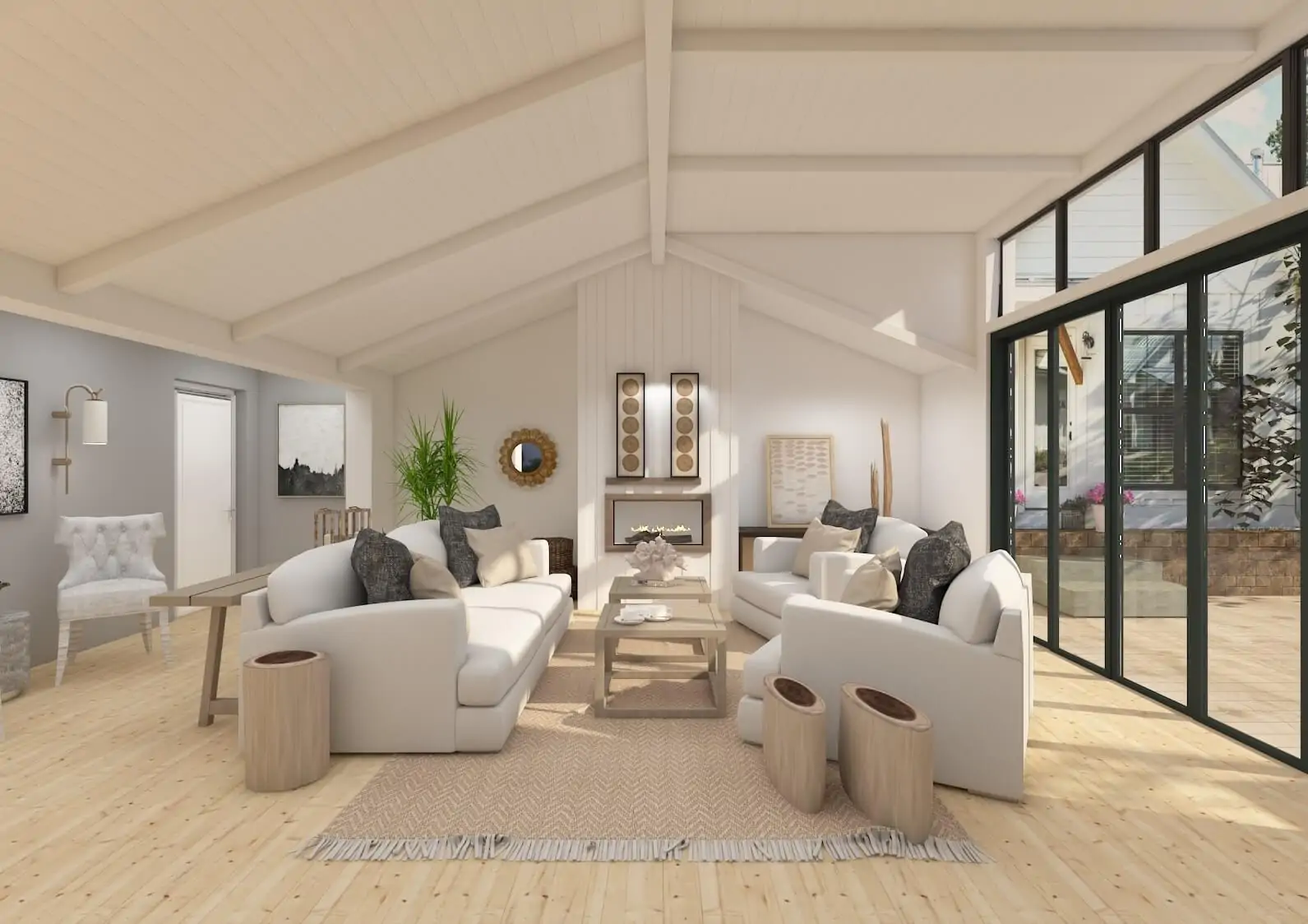Contemporary homes combine a variety of style features to create a home that’s warm, inviting and connected to the outdoors.
To achieve this look, start with clean lines and a focus on natural materials. Textured wood, jute, and metals add interest without overwhelming the space. Furniture pieces should also be sleek and uncluttered to avoid a cluttered feel.
1. Clean lines
Clean lines are a key design feature in contemporary home design. These lines, which are often used in furniture and ornamental decor, convey a sense of simplicity and elegance.
Rectilinear or straight lines tend to be the most popular type of clean line, whereas curvilinear lines are associated with femininity and creativity. Diagonal lines, on the other hand, convey dynamic energy and a sense of direction.
For a contemporary look, select modern furniture pieces with clean, simple lines and exposed legs. Likewise, light fixtures should have simple lines as well. They should also be functional and unpretentious.
2. Natural materials
One of the most important elements of contemporary home design is to use natural materials. They are durable, eco-friendly, and look amazing!
They also make your space feel extra welcoming and refreshing. They can evoke calmness and a sense of peace, so they’re an excellent choice for people with sensitive minds!
Wood, stone, jute, rattan, wicker, and bamboo are all great natural materials that can make your contemporary home design stand out from the rest.
These natural materials can be combined with other textures and materials in a variety of ways, making them perfect for any style of design.
For example, the use of rattan or wicker furniture can give your contemporary interiors a more relaxed, coastal vibe. They can be painted in a range of natural hues to match with your interior design theme.
3. Color
Color plays a significant role in contemporary home design. It’s a way to ground and define a space, while at the same time adding warmth and depth to an otherwise cool room.
Most contemporary homes feature a primarily neutral color palette of whites, grays, and taupes, with pops of bold or pastel color in accessories such as wall art or lamps. This approach allows you to update a living room or bedroom as styles evolve, without having to repaint the entire space.
In addition, take advantage of structural elements that often stand out in contemporary homes – air ducts, broken bricks, and exposed plumbing pipes. Paint these details in contrasting colors to draw the eye or blend them with the walls for a softer effect.
4. Texture
Texture is a vital component of contemporary home design and it can make a room appear more vibrant, warm and interesting. This is because it adds what’s called ‘visual weight’ to an object or section of the space.
For example, matte versus glazed ornaments on a bookcase can have a dramatic impact. Also, sculpture art can bring a dimensional accent to a space and comes in a variety of design styles and materials.
Upholstered furniture pieces are a great way to incorporate texture, using natural fibers like wool, cotton, linen and jute. Pillows in clean geometric shapes can add a shot of color and a touch of texture as well.
The latest fabric trends indicate an upsurge in the use of fabrics with varying textures, including organically inspired patterns. Faux fur, animal prints and stencils on burlap and muslin fabrics are all part of the trend.

